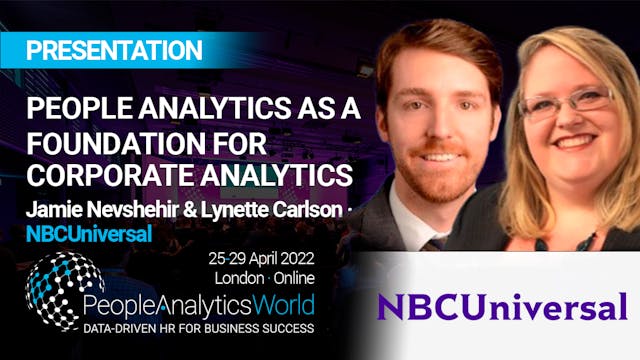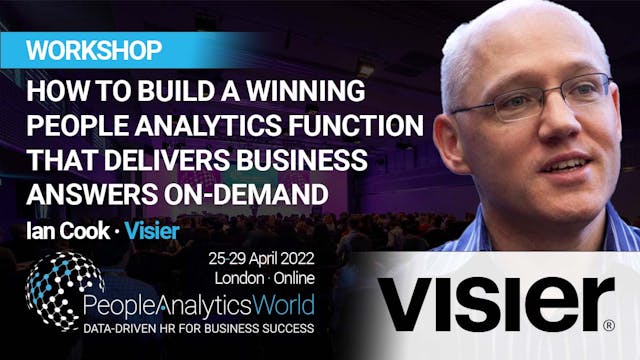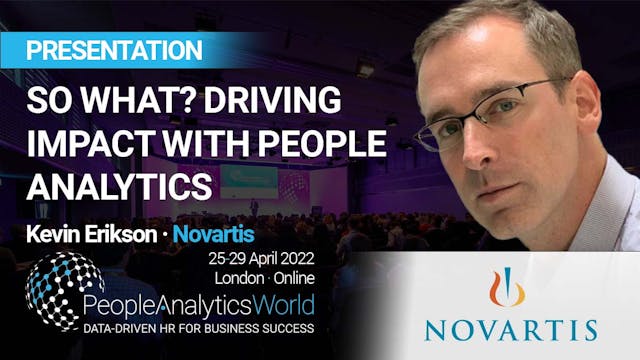The DEI Debacle: Trying to Do It All Is Ineffectual
Strategy
•
27-Apr-2022
In no other American corporate construct do we tend to celebrate effort over impact like in the context of DEI.
Diversity, as a commitment vs compliance undertaking, hit the Fortune 500 stage in the early 1990s. Thereafter, around 2012, Inclusion entered the scene. Between 2012 and early 2020, most companies spent much of their precious resources debating such impactful imperatives like whether the “I” should precede the “D” in D&I and how much more broadly; beyond, race, gender, age, LGTBQ, Disability, marital status, region of birth, hair colour, finger nail length, preferred dog breed and favourite ice cream flavour, they could define their diversity statement; ever careful to assure all are included and no one felt left out.
Meanwhile, minority employees were just hoping that the DEI work could just focus, for a while, on their particular plight. Can we just stop the bleeding caused by racism in work and treat the now infected wound? Many simply desired to just be able to say the words “racism” or “white people” and “black people” at work without fear of reprisal.
And then, in May of 2020, everything changed. Corporations far and wide, yanked an “E” from the sky and affixed it right next the D and the I and cemented it all with a “Black Lives Matter” banner on their websites. Further, many hired or promoted Diversity executives with fever pitch, allocated an extra $100,000 to their DEI budgets, signed pledges to do better with their black employee population and searched high and low for consultative engagements to help advance DEI strategies.
Some of these organisations were operating entirely out of fear or a perfunctory obligation to appear sincerely invested in allyship and attracting, retaining and amplifying its minority talent base. Some, on the other hand, were quite earnestly and authentically committed. What if neither motivation matters?
This session will explore:
- How to cast Diversity and Inclusion work as employee engagement priorities and Racial Equity as a workforce forecasting/talent development strategy
- Why DEI MUST be segmented, paced and sequenced with assigned rigor against what each of those letters represent
- How systems, staffing, cultural norms, compensation methodology, job structures and evaluation processes should all be examined for presumed prejudice and bias and then recast with the goal of assuring greater hiring and retention
- How the browning of America and the realities around the “available” workforce after 2045 make a new “macroeconomic” case for racial equity in the workplace
Learning outcomes:
- How to cast Diversity and Inclusion work as employee engagement priorities and Racial Equity as a workforce forecasting/talent development strategy
- Why DEI MUST be segmented, paced and sequenced with assigned rigor against what each of those letters represent
- How systems, staffing, cultural norms, compensation methodology, job structures and evaluation processes should all be examined for presumed prejudice and bias and then recast with the goal of assuring greater hiring and retention
- How the browning of America and the realities around the “available” workforce after 2045 make a new “macroeconomic” case for racial equity in the workplace
- Why this work requires a thorough understanding of your individual, corporate and communal beliefs, already in place, about black people. It all starts with your beliefs, then behaviours, then policies.
Up Next in Strategy
-
People Analytics as a Foundation for ...
We have been on a journey for nearly 2 ½ years, building out our People Analytics infrastructure and technology foundation for democratising data and analytics to HR. As well as HR, we have also partnered with other corporate functions (e.g. Facilities, Business Continuity, IT).
Covid-19 greatly...
-
Building a Winning People Analytics P...
People analytics transforms organisations. From recruiting to retention, people data touches every aspect of the employee lifecycle, and organisations that tune into it can save money, increase diversity, and hold onto their most valuable employees.
But most organisations are leaving insights o...
-
So What? Driving Impact with People A...
Good People Analytics teams surface insights. Great teams deliver outcomes through the actions of their clients. The difference is rarely the analysis itself; it's often preparing stakeholders for what they'll do next, and making specific next steps as concrete as possible. Three examples show th...


